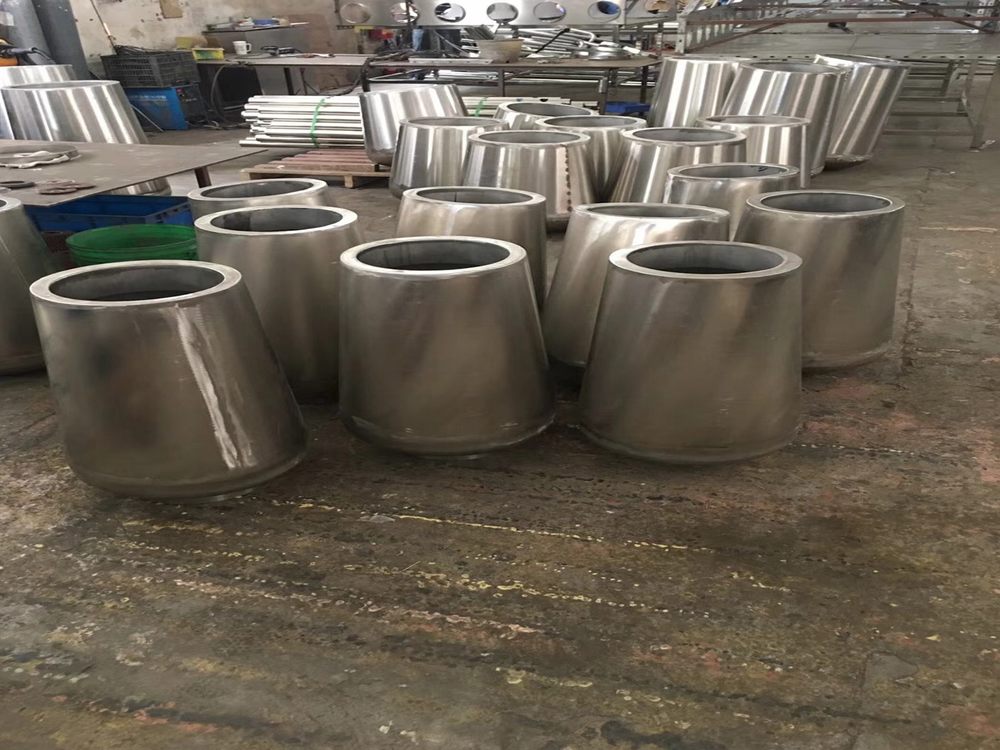
Negative space, the empty areas surrounding and between solid forms, plays a transformative role in metal sculpture. Skilled sculptors harness this often-overlooked element to create dynamic compositions that captivate viewers. By intentionally carving voids into metal surfaces, artists achieve three critical effects: visual tension, rhythmic balance, and enhanced dimensionality.
The interplay of solid and void allows light to pass through sculptures, casting intricate shadows that change with viewing angles. This technique turns static metal into kinetic experiences, as seen in Eduardo Chillida's monumental steel works where gaps become as expressive as the material itself. Contemporary artists like Richard Serra exploit negative space to manipulate scale perception, making massive corten steel pieces feel weightless.
Advanced metalworking methods enable precise control over negative space. Laser cutting and plasma arc techniques permit razor-sharp voids, while traditional chasing tools create organic negative shapes in bronze casting. The strategic placement of these spaces guides the viewer's eye along deliberate visual pathways, creating narrative flow in abstract pieces.
Master sculptors consider negative space during the design phase, sketching potential voids as active compositional elements rather than passive backgrounds. This approach yields artworks where emptiness speaks as powerfully as substance, proving that in metal sculpture, what's missing often matters most.

